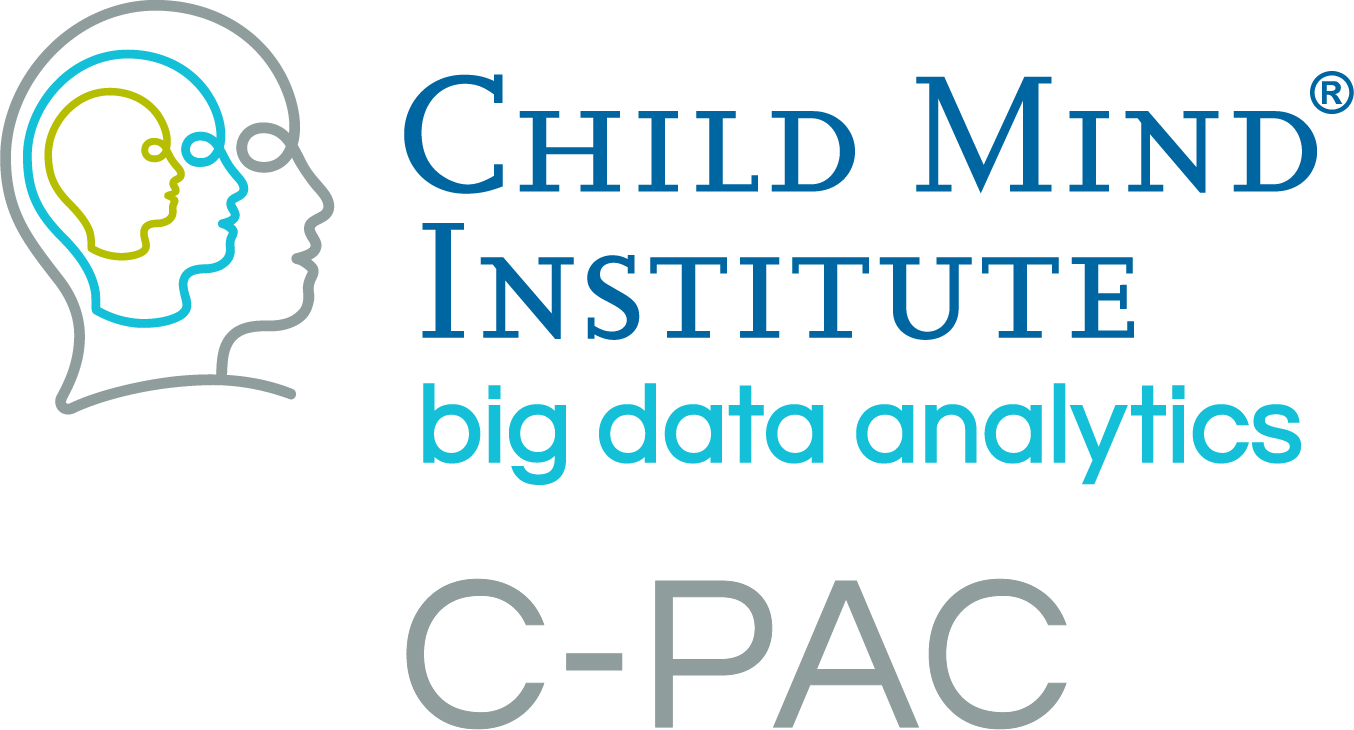Version 1.4.3 Beta - 2019.05.24¶
NEW FEATURES
Quasi-Periodic Pattern (QPP) template generation. QPPs are spatial patterns of dynamic connectivity that may be useful in illustrating differences present in neurological or psychiatric disorders. C-PAC can now easily calculate a QPP template derived from a set of functional data.
Spatiotemporal dynamics of low frequency BOLD fluctuations in rats and humans. Majeed W, Magnuson M, Hasenkamp W, Schwarb H, Schumacher EH, Barsalou L, Keilholz SD. Neuroimage. 2011 Jan 15;54(2):1140-50.
Quasi-periodic patterns (QPP): large-scale dynamics in resting state fMRI that correlate with local infraslow electrical activity. Thompson GJ, Pan WJ, Magnuson ME, Jaeger D, Keilholz SD. Neuroimage. 2014 Jan 1;84:1018-31.
Quasi-periodic patterns of intrinsic brain activity in individuals and their relationship to global signal. Yousefi B, Shin J, Schumacher EH, Keilholz SD. Neuroimage. 2018 Feb 15;167:297-308.
Custom regressors for nuisance regression. Users can now provide custom regressors to C-PAC’s nuisance regression suite. This could allow a user to regress out any time series from the data, such as physiological noise regressors, task regressors, or QPP time series prior to individual-level analysis. Refer to the updated User Guide for more information.
Lesion masking for anatomical registration. For ANTs registration pipelines, users can now provide a lesion mask to improve anatomical registration quality in participant data containing lesions. Refer to the updated User Guide for more information. [http://stnava.github.io/ANTs/]
ERROR FIXES
Fixed a bug where the working directory would not be deleted (when configured to do so) if the pipeline did not complete successfully.
Fixed a bug where, in some cases, working directory settings in a custom pipeline would be over-ridden by defaults.
COMING SOON (v1.4.4/v1.5.0 - Summer 2019)
New Group-Level Model Builder GUI
Predictive Eye Estimation Regression (PEER)
Non-human primate pipeline optimization
Easy integration & analysis of other preprocessing pipeline results
